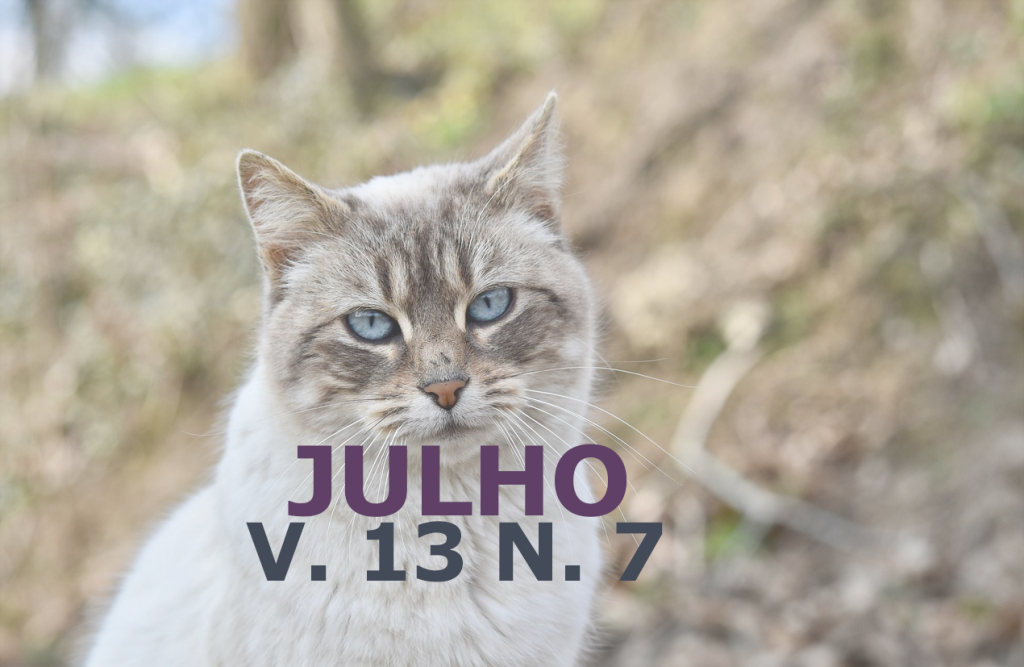Genetic alterations involved in the expression of the coloring of tortoiseshell and calcial hair in domestic cats males: Review
DOI:
https://doi.org/10.31533/pubvet.v13n7a372.1-18Keywords:
anomaly, karyotype, cytogenetic, chromosomesAbstract
The mammals have a diploid chromosomal group, in which half correspond to the genetic material inherited by their father, and the other half by their mother. Domestic cats (felis catus) have number diploid of 38 chromosomes, two of them are the sexual chromosomes, represented by X and Y, who are responsible for the determination of the sex. Calicos and tortoiseshell’s coats may be present in cats and are determined by the presence of the colors black and orange in the same animal, but distributed in different forms along the body. Physiologically, these two coats can only be observed in females. Orange and black are determined by chromosome X, therefore, these two colors can only be present in the same animal when it’s a female, because it has two chromosomes X. Some males are born tortoiseshell or calic because of chromosomal abnormalities. The most common one is similar to the Klinefelter Syndrome in humans (47, XXY), which in cats is 39, XXY. This condition is rare in males, and for definitive diagnosis, karyotype is the most commonly used cytogenetic exam. This work aims to highlight the genetic alterations involved in the presence of tortoiseshell and calic’s coats in domestic male cats, and the study is important in small animals veterinary clinics, since these genetic disorders, mostly, cause reproductive disturbances. The review has significant relevance to the veterinarian performance in the area of cytogenetic clinic in small animals, as well as in the development of studies dedicated to this area, which are considerably rare.
Downloads
Published
Issue
Section
License
Copyright (c) 2019 Marcela Caroline Brasileiro da Silva, Amanda Ellen Pessoa Cabral, Horrana Andressa da Silva Rodrigues, Caoan Iuri de Brito Silva, Dominique Oliveira Cavalcante, Rayssa Kuster Klabunde, Ividy Bison, Igor Mansur Muniz

This work is licensed under a Creative Commons Attribution 4.0 International License.
Você tem o direito de:
Compartilhar — copiar e redistribuir o material em qualquer suporte ou formato
Adaptar — remixar, transformar, e criar a partir do material para qualquer fim, mesmo que comercial.
O licenciante não pode revogar estes direitos desde que você respeite os termos da licença. De acordo com os termos seguintes:
Atribuição
— Você deve dar o crédito apropriado, prover um link para a licença e indicar se mudanças foram feitas. Você deve fazê-lo em qualquer circunstância razoável, mas de nenhuma maneira que sugira que o licenciante apoia você ou o seu uso. Sem restrições adicionais
— Você não pode aplicar termos jurídicos ou medidas de caráter tecnológico que restrinjam legalmente outros de fazerem algo que a licença permita.





